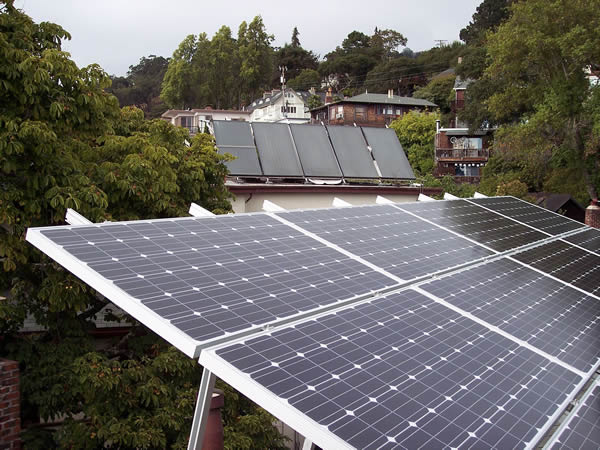 After years of bitter battles, the California Assembly approved SB 100 on Wednesday, August 29th, requiring that the state’s electricity be generated by 60% renewable power by the end of 2030, and 100% carbon-free sources by 2045. Interestingly, the legislation was changed late in the process so that now it doesn’t require that electricity be generated from 100% renewable resources by 2045, but that the grid should become carbon free by that date. That paves the way for solutions like natural gas generation with carbon capture and storage, or a new kind of nuclear power. The bill now advances on to the desk of Governor Jerry Brown. California’s environmental groups have called the bill a “monumental” step in decarbonizing the state’s electricity supply.
After years of bitter battles, the California Assembly approved SB 100 on Wednesday, August 29th, requiring that the state’s electricity be generated by 60% renewable power by the end of 2030, and 100% carbon-free sources by 2045. Interestingly, the legislation was changed late in the process so that now it doesn’t require that electricity be generated from 100% renewable resources by 2045, but that the grid should become carbon free by that date. That paves the way for solutions like natural gas generation with carbon capture and storage, or a new kind of nuclear power. The bill now advances on to the desk of Governor Jerry Brown. California’s environmental groups have called the bill a “monumental” step in decarbonizing the state’s electricity supply.
California is the world’s fifth largest economy and the biggest so far to commit to eliminating greenhouse gas emissions from its electrical grid.
The state has been steadily increasing its renewable energy goals since 2002 when it passed the first legislation to mandate renewable power use by the state’s utilities; it currently gets about a third of its electricity from renewable energy. It has been a leader in developing policies to encourage the implementation of solar, wind, and now, storage. California now becomes the second state after Hawaii to approve 100% clean energy goals. The SB 100 legislation had been opposed by the state’s labor unions and business community who claimed it would negatively affect jobs and raise electric rates. But a recent report on the financial impacts of climate change is thought to have influenced the legislature, and labor unions dropped their opposition to focus on the new jobs that would be created by green energy. California’s massive fires this year and the potential for utility liability also muted utility opposition to the bill.
California will face big challenges in getting to 100% carbon free electricity – in managing the intermittency of increased renewable resources to provide reliable power at all times. Energy storage will play a major role in that effort. Advanced microgrid technology, with its ability to accommodate greater renewable energy penetration while balancing loads and electricity generation, will be essential to helping the state meet its new goals.
